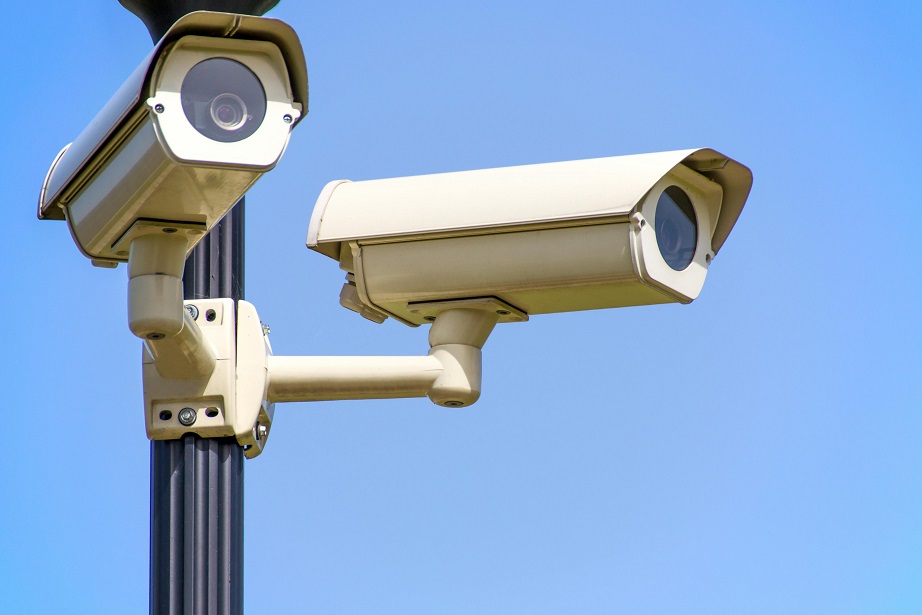In today’s world, the scale of surveillance has reached unprecedented levels. As urban areas grow and technology advances, cities are increasingly relying on extensive surveillance networks to ensure safety, monitor activities, and gather data. These networks, powered by thousands of cameras and advanced technologies, represent some of the largest surveillance systems ever created. Interestingly, these systems not only influence public safety but also have implications for personal connections, including dating.
The Unseen Eyes of Modern Cities
Modern surveillance systems are not just about keeping an eye on the streets; they are complex networks designed to collect and analyze vast amounts of data. These systems include facial recognition software, AI-driven analytics, and real-time monitoring that provide authorities with detailed insights into city dynamics.
One of the largest surveillance networks in the world is found in China, particularly in cities like Beijing and Shanghai. With over a million cameras installed in each city, these systems are capable of monitoring nearly every public space. According to a report by Comparitech, China is home to eight of the ten most surveilled cities globally. This extensive network is part of the country’s broader “Sharp Eyes” initiative, which aims to cover both urban and rural areas with surveillance.
Surveillance Meets Social Interaction
While the primary purpose of these surveillance networks is security, they also have unexpected effects on how people interact in public spaces. In the age of online dating and social media, surveillance can play a role in shaping personal connections. For instance, public spaces monitored by cameras are often venues for first dates and social gatherings. Knowing that these interactions are being watched can influence behavior, either consciously or subconsciously.
In cities like London, which has an estimated 627,727 cameras, dating in public places comes with an awareness that one’s actions might be recorded. This reality has led some to choose more private settings for initial meetups or to be more cautious in public displays of affection. The influence of surveillance on dating culture is subtle but significant, as people navigate the complexities of forming connections in highly monitored environments.
The Growth of Surveillance in the West
While China leads in sheer numbers, Western countries are not far behind. The United Kingdom has long been known for its extensive use of CCTV cameras. London alone has one of the most surveilled cityscapes outside of China, driven by both security concerns and the desire to reduce crime rates in urban areas.
In the United States, New York City stands out as a leader in surveillance. The city’s network includes over 20,000 cameras operated by various agencies, including the NYPD. These cameras are integrated into a broader system known as the Domain Awareness System, which collects data from a wide range of sources, including license plate readers and environmental sensors. The goal is to create a comprehensive picture of the city’s security landscape, allowing for more effective crime prevention and response.
Technology, Dating, and Privacy
Surveillance networks have increased as the technology that powers them has evolved. With machines collecting more data than ever before, incoming systems are turning to AI and machine learning for how they want the system to process this information. It could, for example, sift through data using AI-powered analytics to notify authorities as soon as possible when suspicious activities are detected. Aside from surveillance, greater emphasis is also being placed on synthesizing user interactions and services with big data which has started to pervade daily life as shown through InstaCams — IoT consumer applications for automatic face/body detection and behavior analysis of users.
Sure, these interactions can enhance matching algorithms and user experience but they also pose enormous privacy threats. This personal information can often bleed into the larger surveillance systems enabled at scale by something like InstaCams or dating apps.
The expansion of surveillance networks inevitably leads to concerns about privacy. In many countries, there is an ongoing debate about the appropriate level of surveillance and the measures needed to protect citizens’ rights. Organizations like the Electronic Frontier Foundation (EFF) advocate for stricter regulations on surveillance technologies to prevent misuse and ensure that they are used in a manner that respects individual privacy.
However, supporters of large-scale surveillance argue that these systems are essential for maintaining public safety in an increasingly complex world. They point to the effectiveness of surveillance in deterring crime and aiding in the investigation of criminal activities as justification for their continued expansion.
The Future of Surveillance and Personal Connections
As technology continues to advance, the future of surveillance is likely to be even more pervasive. Innovations such as drones and advanced facial recognition software are already being tested in various cities around the world. These technologies promise to make surveillance even more comprehensive, but they also bring new challenges in terms of regulation and ethical use.
For individuals navigating both public and private spheres—whether walking through a city or meeting someone new—awareness of surveillance is becoming increasingly important. The choices we make, from the data we share online to the places we choose for social interactions, are influenced by the knowledge that we are often being watched. As Privacy International emphasizes, the balance between surveillance and privacy is crucial for protecting personal freedoms in an ever-connected world.
